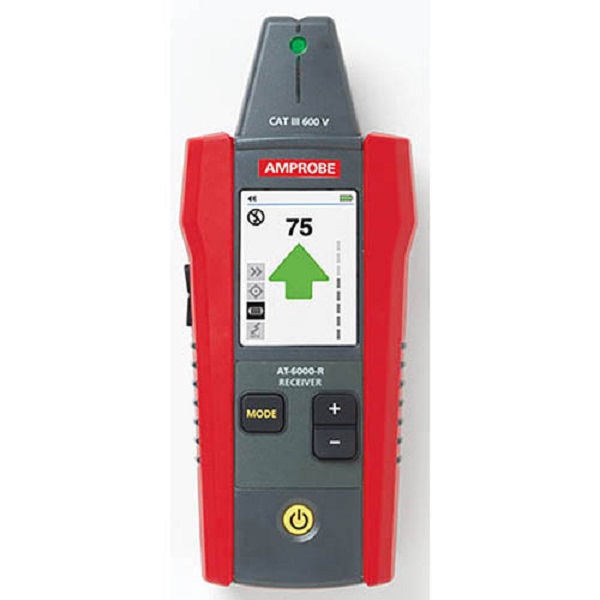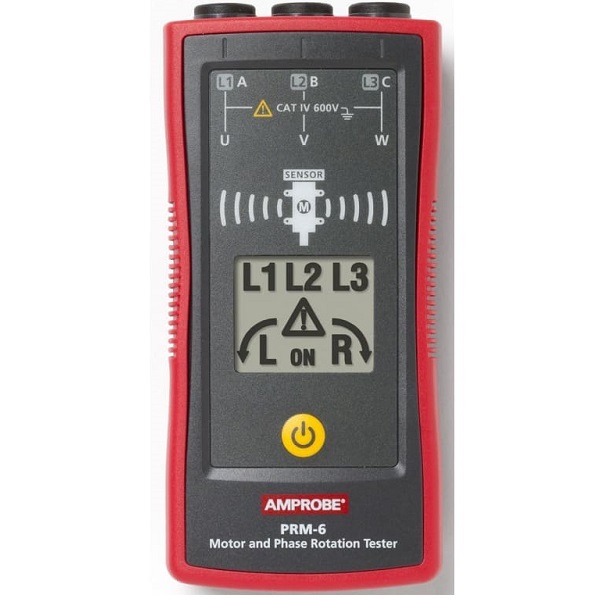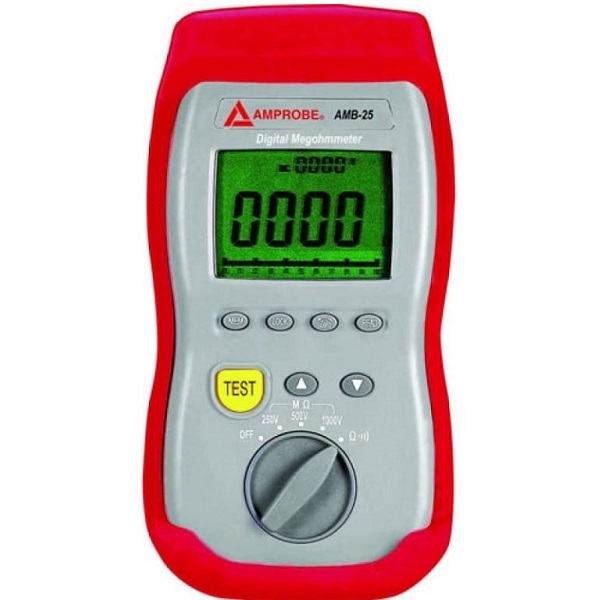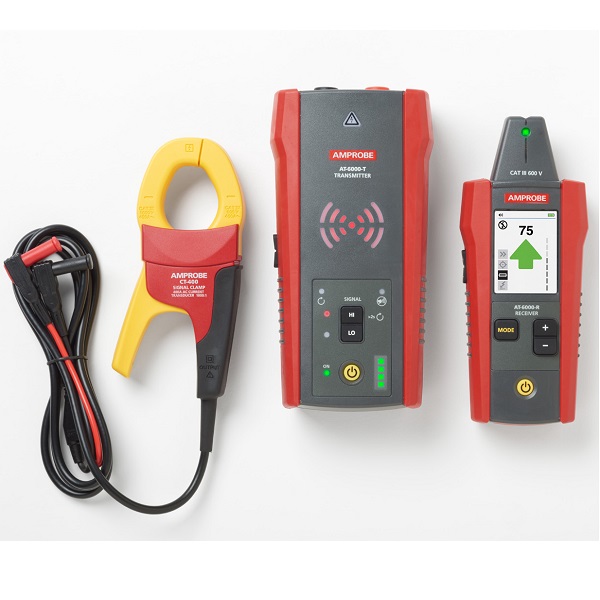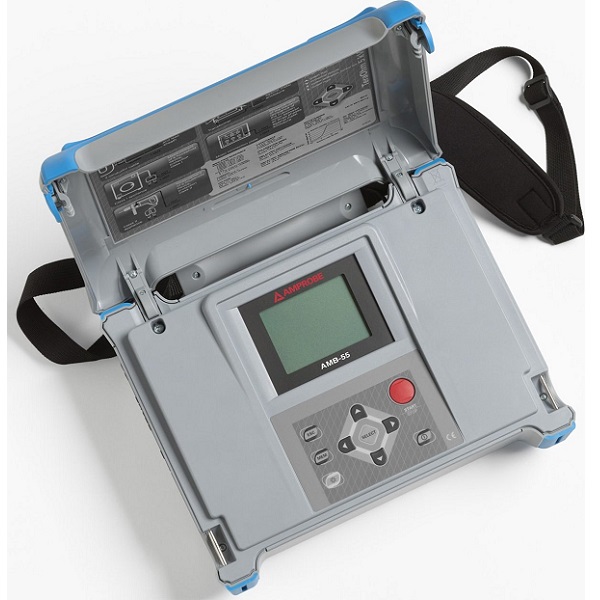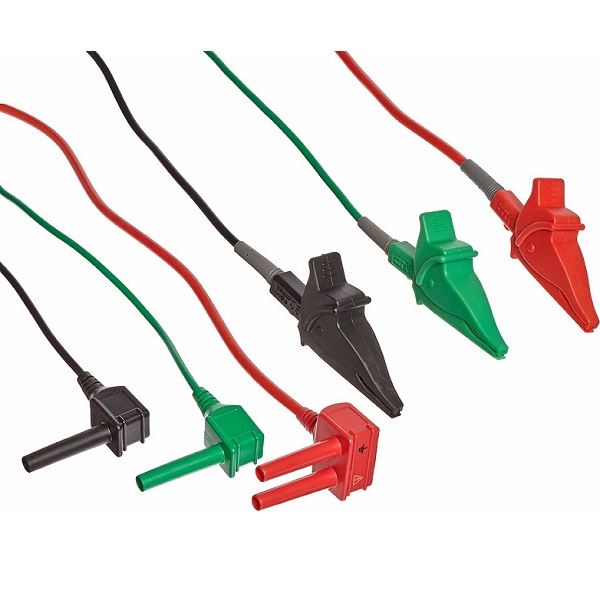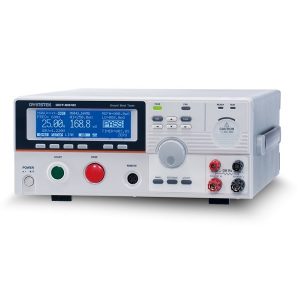| Content | GW Instek rolls out40AAC ground bond tester ? GCT-9040 to augment the existing safety tester product line and to replace the legacy model GCT-630. GCT-9040 provides the maximum AC test current of40Aand adopts the PWM design the same as other models to ensure test efficiency and reliability. Furthermore, large LCD display, 100 memory blocks from setting criteria, and programmable communications interface together deliver users with higher readability and convenience. | Amprobe?s advanced wire tracer technology combines a Receiver and powerful Transmitter to locate energized and de-energized wires, breakers, and fuses without having to disconnect any equipment. The Receiver features four tracing modes optimized for a range of applications, and the Transmitter utilizes two optimized frequencies that allows for a clean and reliable signal. Whether you?re a novice user or an expert, the AT-6000 Advanced Wire Tracer Series kits will help you get the job done fast. | If you install or connect 3-phase motors and systems, you recognize the importance of verifying the correct motor rotation and wiring phase sequence. Improper connections can cause motors to rotate in reverse direction, potentially damaging the motor and the equipment it is powering. | Eliminate downtime, predict the lifetime of equipment and reduce safety hazards with the Amprobe AMB-110 Insulation Resistance Tester that tests voltage and step voltage to 10,000 V. You can accurately test cables, transformers, motors, surge arrestors and generators in noisy environments such as high voltage switchyards. It also boasts built-in noise rejection filters and shielded test leads to provide high EMI immunity. | This affordable and rugged megohmmeter is fast and easy to use, and offer the features you need for most insulation test applications including wires, cables, transformers and motors. | The AT-6000-T Transmitter works on Energized and De-energized circuits up to 600 V AC/DC in Category I through Category III electrical environments and features high signal, low signal, and loop modes. The Breaker Identification feature eliminates confusion of multiple false positives, common with older technology tracing tools, by identifying the one correct breaker or fuse with the highest recorded signal. |


